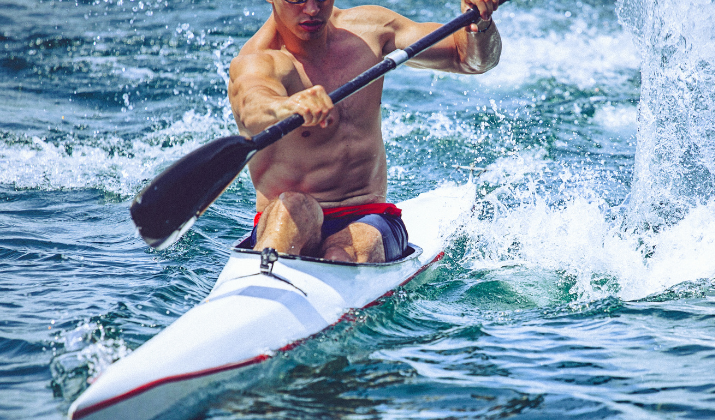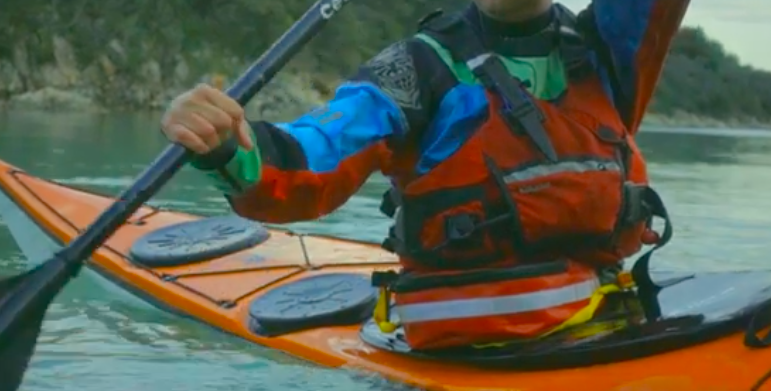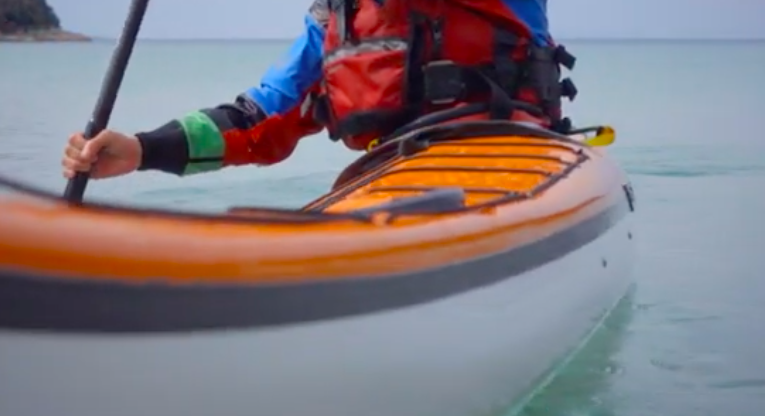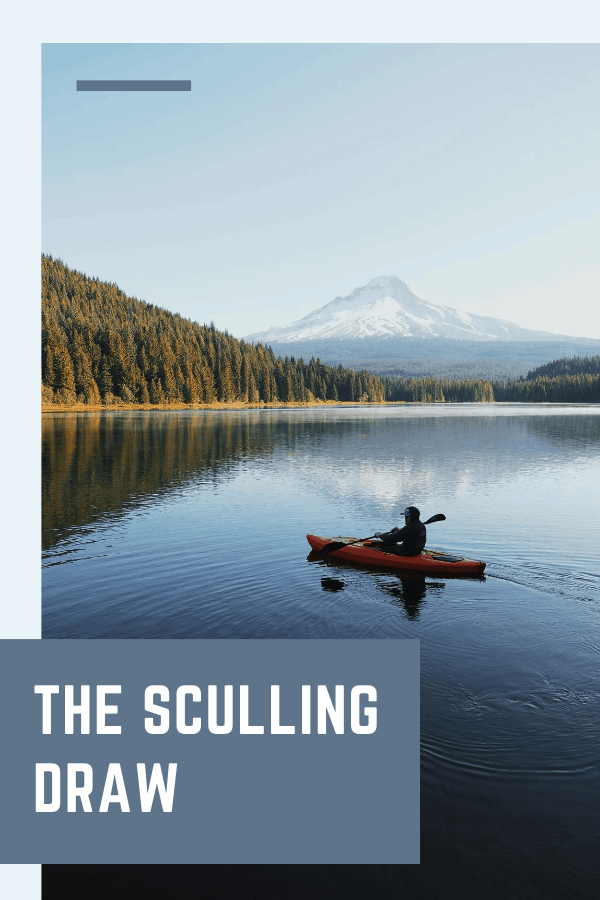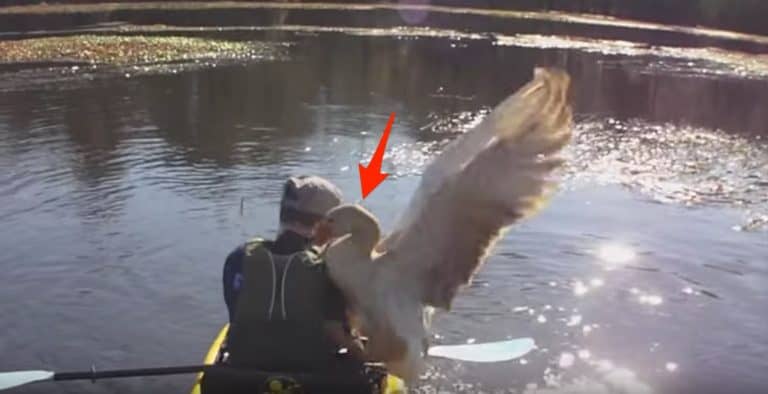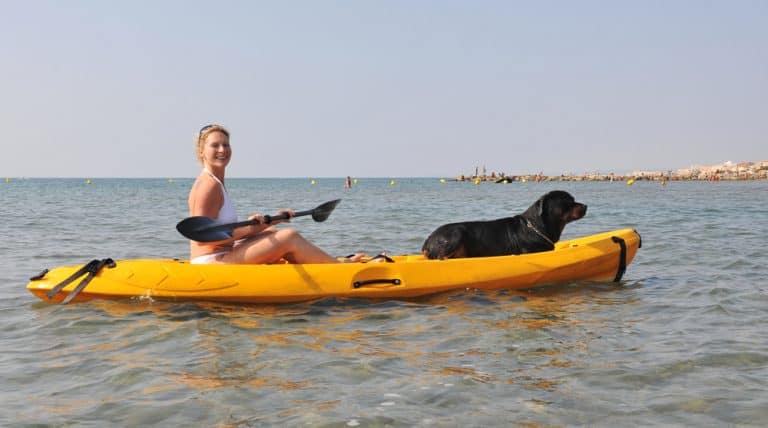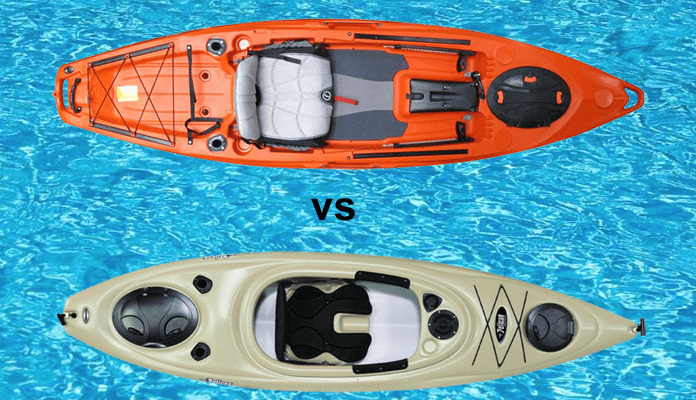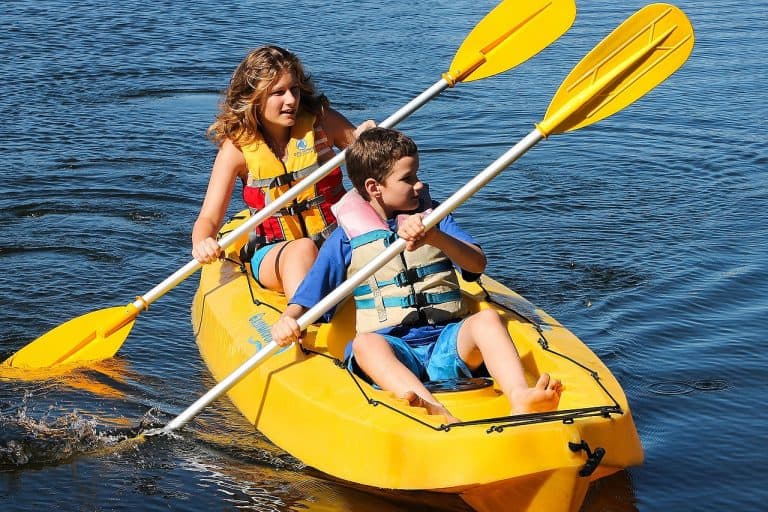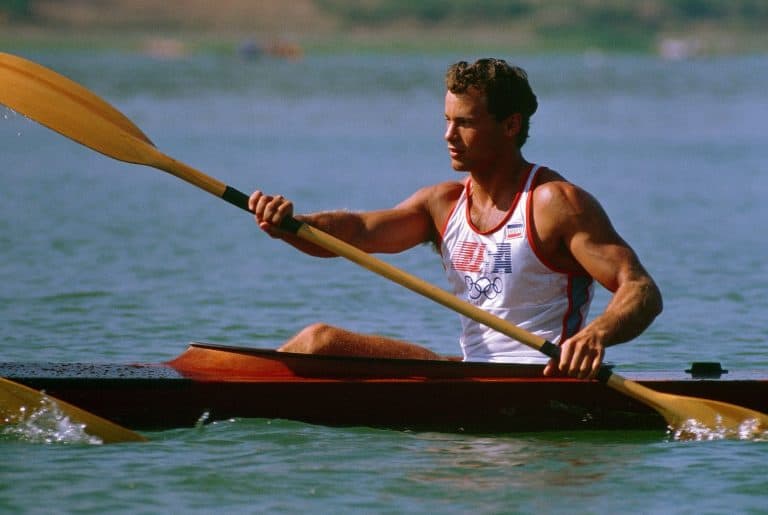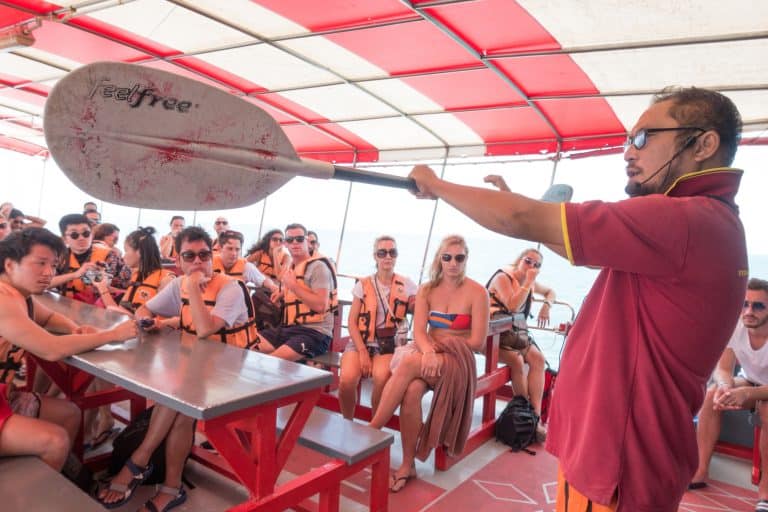The sculling draw is a cornerstone of advanced kayaking, enabling paddlers to move their kayak sideways or maintain position in dynamic water conditions.
This versatile technique is essential for navigating tight spaces, approaching docks, holding steady in currents, and performing precision maneuvers.
By mastering the sculling draw, you’ll elevate your kayaking skills and open up new possibilities on the water.
In this comprehensive guide, we’ll explore seven sculling draw techniques that will significantly improve your kayak control, providing detailed instructions and tips for each.
Sculling Draw Techniques To Master Your Kayak Control
1. Basic Sculling Draw
The foundation of all sculling techniques, the basic sculling draw is your starting point for lateral movement.
Execution:
- Position your paddle parallel to the kayak, blade fully submerged.
- Move the paddle back and forth in a figure-eight motion.
- Keep the power face of the blade towards the kayak throughout the motion.
- Maintain a slight angle on the blade to create a low-pressure area that pulls the kayak sideways.
Tips:
- Focus on using your torso rotation rather than just your arms for more power and efficiency.
- Experiment with the angle and depth of your blade to find the sweet spot for maximum effect.
- Practice on both sides to develop ambidexterity.
2. Hanging Draw
The hanging draw is excellent for making minor adjustments or maintaining position in moving water.
Execution:
- Position your paddle vertically in the water, close to the side of the kayak.
- Use small, circular motions with the blade to create a “hanging” effect.
- Adjust the size and speed of the circular motions to control the strength of the draw.
Tips:
- Keep your upper hand relatively still, acting as a pivot point.
- Use your lower hand to control the circular motion of the blade.
- This technique is subtle but powerful – practice to find the right balance.
3. Sculling Draw with Body Rotation
Enhancing the basic sculling draw with body rotation increases power and efficiency.
Execution:
- Start in the basic sculling draw position.
- As you move the paddle, rotate your torso in the same direction.
- Rotate back as you reverse the paddle motion.
Tips:
- Engage your core muscles to power the rotation.
- Keep your arms relatively relaxed, letting your torso do most of the work.
- This technique allows for quicker lateral movement and is less tiring over long periods.
4. Bow Draw
The bow draw is crucial for quick turns and adjusting your heading.
Execution:
- Reach forward and place your paddle near the bow of your kayak.
- Perform a sculling motion, drawing the bow towards the paddle side.
- Use your top hand to control the angle of the blade.
Tips:
- Combine with a stern rudder on the opposite side for even quicker turns.
- Practice transitioning smoothly from forward paddling to the bow draw.
- This technique is particularly useful in river running and whitewater kayaking.
5. Stern Draw
The stern draw helps in rotating the kayak or moving the stern sideways, particularly useful in windy conditions.
Execution:
- Reach back and place your paddle near the stern of your kayak.
- Perform a sculling motion, drawing the stern towards the paddle side.
- Keep your blade close to the kayak for maximum efficiency.
Tips:
- Use this in combination with a bow draw on the opposite side for a quick 360-degree turn.
- In windy conditions, the stern draw can help you maintain your heading.
- Practice transitioning between stern and bow draws to improve overall maneuverability.
6. Sculling Brace
Combining the sculling draw with a low brace provides stability while moving sideways.
Execution:
- Start with your paddle horizontal and close to the water surface.
- Perform a sculling motion while keeping the blade flat on the water.
- Apply downward pressure on the paddle for support as needed.
Tips:
- This technique is ideal for choppy water or when approaching a dock in windy conditions.
- Practice transitioning from a regular sculling draw to a sculling brace smoothly.
- Use this technique to build confidence in challenging water conditions.
7. Pivot Turn with Sculling Draw
This advanced technique combines multiple skills for tight turns in confined spaces.
Execution:
- Begin a forward sweep on one side of your kayak.
- Simultaneously perform a sculling draw on the opposite side.
- The combination will pivot your kayak around its center.
Tips:
- Coordinate your body rotation with both paddle movements for maximum efficiency.
- Practice this technique in open water before attempting it in tight spaces.
- This skill is particularly useful for urban kayaking or navigating narrow waterways.
Conclusion
Mastering these seven sculling draw techniques will transform your kayaking experience, providing you with the tools to navigate any water condition with confidence and precision.
Each technique builds upon the last, creating a comprehensive skill set that will serve you well in various kayaking scenarios.
Remember that consistent practice is the key to perfecting these skills. Start in calm, familiar waters and gradually challenge yourself in different environments.
Pay attention to how your kayak responds to each technique and fine-tune your movements accordingly.

